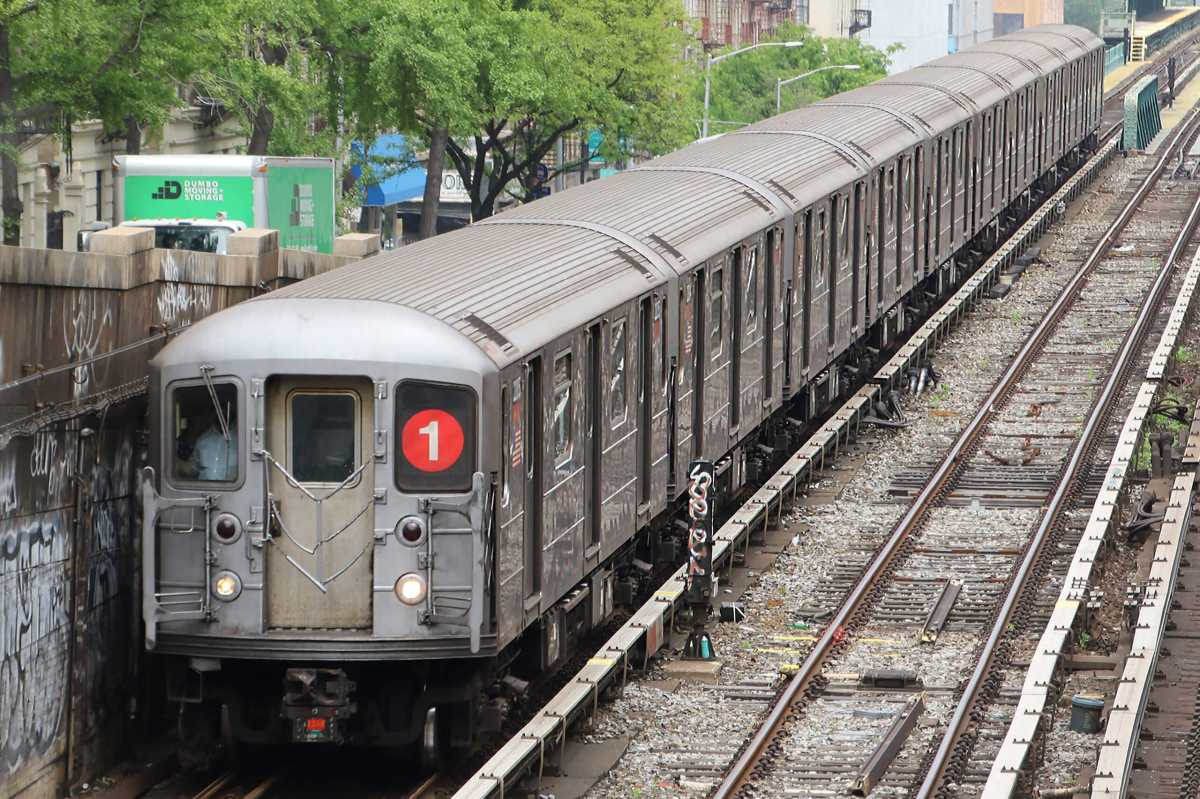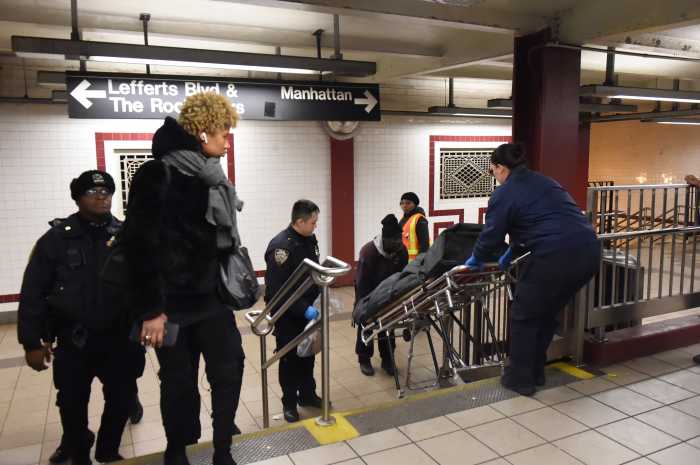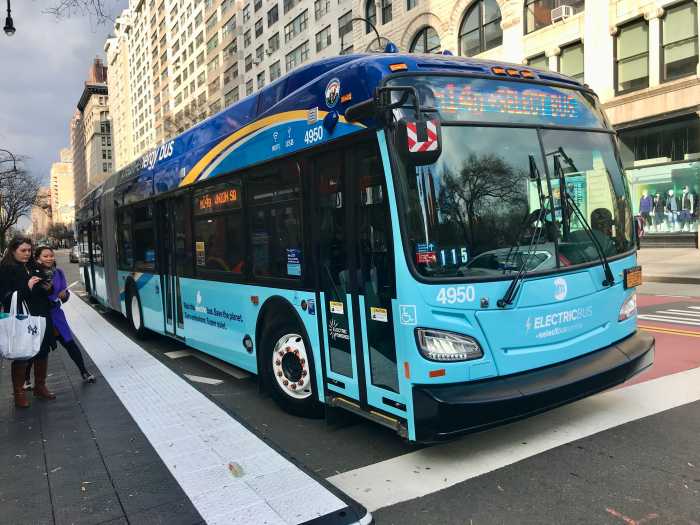By Sarah E. Feinberg, Interim President of New York City Transit
With the City’s reopening now underway, it’s time for New Yorkers to return to the transit system. For most people, this will involve simply walking into a station and getting on the train. But that’s easier said than done for wheelchair users, parents using strollers, seniors with mobility disabilities and so many others. While our buses and paratransit service are both 100% accessible, huge swaths of our network– more than 70% of subway stations– remain inaccessible according to the Americans with Disabilities Act (ADA).
While even 30% of our stations make up a large number of stations in pure numbers, the fact that so much of the system remains inaccessible is unacceptable, and something that our teams at New York City Transit and MTA Construction and Development are working hard to improve– so that every New Yorker can take part in the City and subway’s revival.
The good news is that we are making strong progress all the time. At least 10 ADA projects are set to get underway this year, with another 67 included in our current Capital Program. Our ultimate goal is for the entire system to be accessible to anyone. That is the goal and the vision of the Americans with Disabilities Act, and it is our goal as well.
This is also a tall order, but I think it is achievable. Last year, MTA Construction and Development completed ADA upgrades at 11 stations – despite a global pandemic and a dire financial crisis that rocked the agency.
We have also recently proposed a new zoning measure to the City Council called “Elevate Transit: Zoning for Accessibility.” This proposal, if enacted, would allow the MTA to work with private developers building near our stations to incorporate elevators and other improvements more easily into their designs. Of course, these companies could also build the upgrades themselves in order to accommodate their own residents and the community at no cost to the MTA. This would save us money that could be redirected to additional accessibility projects elsewhere in the system.
Putting this proposal together was a real community effort. We worked closely with advocates and developers alike, as well as our partners at the New York City Department of City Planning and the Mayor’s office to get it right.
New Yorkers need and deserve a fully inclusive transit system. It’s something that will benefit us all as the City looks to recover from this unprecedented crisis. Trust that we’re doing everything we can to make our accessibility goals a reality.







































